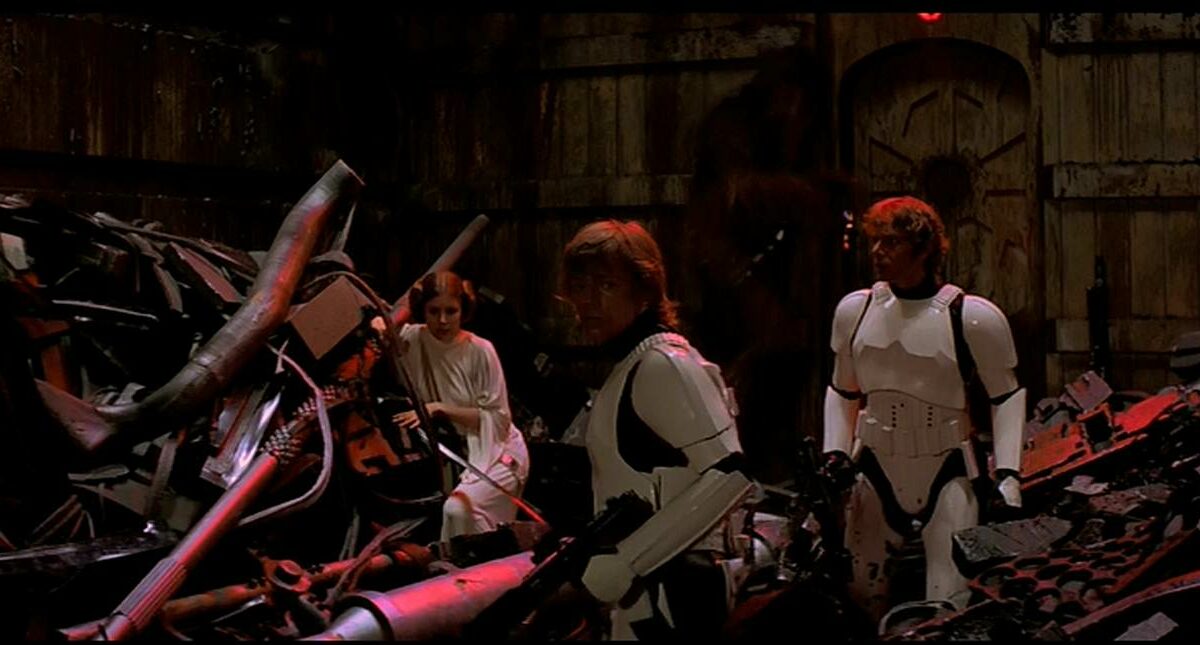The basis of story is the underlying tensions or contradictions that we all face in our lives. The greater the contradiction, the more powerful is the story. Brands can uncover these contradictions through strategic storytelling.
In the first stage, you build a brand back-story, by reviewing the brand’s history, if there is one, and relevant research which can help guide the later stages of the process. In the second stage, you plot the category by decoding category communications and values to identify key themes and underlying tensions in the jobs that brands perform for customers.
In the third stage, in-depth interviews are used to reveal the deep motivations and hidden contradictions that drive customer behavior. Finally, workshops are used to build brand identity and individual stories, based on the findings of the first three stages and using creative writing approaches to inspire creative thinking. Co-creation approaches are often used to validate and optimize the outputs of the workshops. Let’s look at the stages one and two in more detail.
Building A Brand Back Story
Unless you are entirely new to a category, your brand has history. The start to finding the essence of your brand is much like that of a biographer researching an historical figure. If you want to fully understand your subject, you need to go right back to their childhood to see how their early years inform their later behavior.
Such inquiry is mostly based on desk research, reviewing past reports to create hypotheses and questions for later stages. It is often also useful to talk to friends of the brand (stakeholders) to get their point of view, which will also identify any immediate contradictions that may surface in the way that different stakeholders interact with the brand.
Like any good biographer, you need to prepare a set of questions. Here are some that I have found useful:
- Who created the brand and why?
- What was happening in the broader culture at the time the brand was first created?
- How was the brand first positioned, and how has it been subsequently positioned?
- What is the history of brand communications?
- What are the best and most memorable communications created by the brand?
- How have customers related to the brand over time?
- How do they relate to the brand now?
- What brand values or attributes make it stand out from the crowd?
- How is the brand performing versus the competition?
What are the main triggers and barriers for using the brand? - What is the brand’s character?
- What are the brand’s strengths and weaknesses?
- Does the brand have a functional or an expressive role?
- Is the brand part of a low-involvement or high-involvement category?
- Is the brand’s use episodic or routine?
- Do customers use the brand exclusively or as part of a repertoire?
- Does the brand owner want to attract new users, retain current users, expand the category overall, increase frequency of use, or create surplus value (charge more)?
These questions are a good start to exploring whatever material is available. Building a brand biography should not take long, but is important to framing the context of the other stages of the process. Brands are anchored in their past in customer minds, and they can never entirely escape that past.
Moreover, the past associations of a brand provide the bedrock for changing perceptions, provided that new directions are attached to existing perceptions, allowing customers to identify communications with their existing network of associations for the brand, as well as building new ones.
To try and change brand perceptions more radically, with little or no consistency with previous brand communications, is to waste time and money unless you have a very large amount of both. In a recent study conducted for an Asian telecommunications company, the company had invested considerable resource in an advertising campaign that was proving to have little if any impact on consumer awareness (and, by some measures, was having negative impact).
A review of category communications, along with an archetypal analysis of their new campaign, showed that the new communication direction was very far removed from customers’ existing perceptions of both their brand and of the category itself. The impact of this was that the advertising was completely unmemorable, despite its strong visual impact. Thus, there was no attachment in consumer minds between the advertising and the brand, and no associations were made. The company immediately stopped the campaign and reverted to more typical category communication.
Cracking The Category Codes
The next step is to analyze category communications to identify the key plot themes in existing communications and underlying tensions in the jobs that brands perform. It is important to look carefully across the key brands in the category and the range of touchpoints, including television and print advertising, online presence, retail spaces and other brand behaviors. It can also pay to look at new and growing brands too, to see what might be future directions for a category. Again, there are some key questions to ask of the category:
- Are any brands in the category already in archetype territory?
- How deeply are these archetypes communicated?
- Do the brands have clear identities?
- Do the brands have similar identities?
- What archetypal stories do the brands communicate?
- Which archetypes appear most suited to the category and the brands in the category?
- Is there an opportunity for a new archetype in the category?
- Which touchpoints most effectively express the archetypes of each brand?
- Are the touchpoints consistent in what they express or are there contradictions?
The first step is to list all the signs and symbols being used in the category, including colors, shapes, graphic devices, images, names, language, typefaces, packaging and product formats, packaging and product materials, icons, ambience, lighting, use of sound and music and others.
Once all relevant signs are listed, the meanings, both literal and figurative, are decoded taking note of the context in which the signs appear. For example, in telecommunications advertising an image of a safari or zoo might literally reference exotic places and travel, perhaps a prize competition or roaming plan.
The same advertising can also express more figurative brand values such as exploration and discovery, implying that the brand helps each customer to be an authentic and unique individual.
The next stage of the process is to consider whether each meaning has an opposite meaning, and what this might be. Signs are grouped into natural themes and ideas, and are then placed in the context of the development of the category over time, including future directions that are developing.
It can be helpful to think in terms of the different binary oppositions that are implied in the category communications Once the key binary oppositions are identified, it is possible to map brands against key themes and ideas, and to explore potential contradictions and interesting combinations through quadrant maps and semiotic squares.
Now that you understand the category, the next goal is to get deep into the mind of the customer, which I will cover in the near future.
Contributed to Branding Strategy Insider by: Neil Gains, excerpted from his book, Brand Essense: Using sense, symbol and story to design brand identity, with permission from Kogan Page publishing.
The Blake Project Can Help: The Brand Storytelling Workshop
Branding Strategy Insider is a service of The Blake Project: A strategic brand consultancy specializing in Brand Research, Brand Strategy, Brand Licensing and Brand Education




